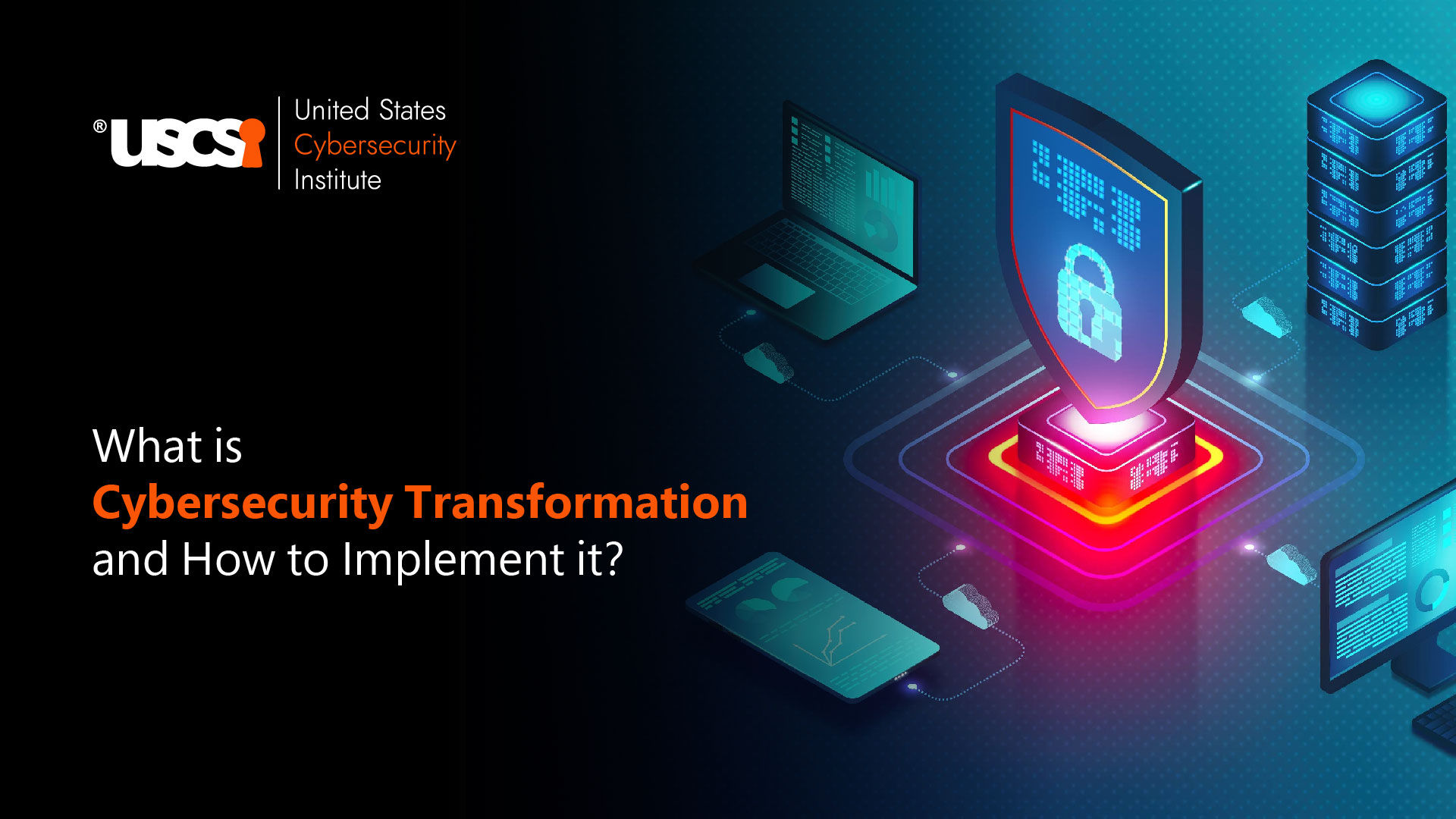

Role of SecOps in Enhanced Cybersecurity Measures
SecOps is an important component in the world of Cybersecurity. Short for Security Operations, this term focuses on two broad terms, security and IT operations. The purpose of SecOps is to enhance the organization’s security postures by using advanced tools and techniques like automation of security tasks, streamlining of incident response operations, and helping the organization with improved collaboration between security and IT teams.
Organizations actively adopting remote work culture and increasing cybercrimes have forced them to rely on dedicated SecOps teams to identify and mitigate threats. Every cybersecurity aspirant as well as established cybersecurity professionals must be aware of SecOps and its importance in cybersecurity. This brief guide will explore the key components, their role, and the SecOps best practices.
What Does SecOps Do?
According to the Voice of SecOps 2024 Report by Deep Instinct, 41% of organizations still rely on EDR solutions to protect themselves from adversarial AI which is not so effective. SecOps can greatly improve this, how?
At its core, SecOps is about breaking down the silos between security and IT teams. Initially, both these departments worked independently which led to a communication gap and slower response times to security threats.
Therefore, SecOps serves as a bridge between these business functions and enhances their collaboration so that they can combinedly detection and thwart attackers and protect their organization’s systems and information.
SecOps is also the core element of the Security Operations Center (SOC) who look after the organization’s defense and security tasks.
Important Roles in SecOps Team
A SecOps team is an important factor that determines how successful the SecOps team will be in identifying and mitigating cyber threats. An ideal SecOps team must consist of following important roles to be very efficient:

Key Components of Security Operations
This broad term SecOps consists of various components to make it an effective cybersecurity strategy and includes:
- Threat Intelligence
SecOps is a great tool to generate insightful threat intelligence to assist organizations with finding and mitigating security threats. The process involves collecting and analyzing threat information regarding various kinds of cyber threats.
- Automation
Security Orchestration, Automation, and Response (SOAR) help automate repetitive tasks like threat detection or vulnerability management, whereas integration of security tools with other IT systems through APIs streamlines the security workflows.
- Incident Response
It consists of an effective Incident Response Plan (IRP), an Incident Response Team (IRT), and Incident response tools like SIEM, SOAR, or EDR solutions to enhance security.
- Vulnerability Management
SecOps is also responsible for vulnerability management tasks like identifying vulnerabilities in systems and applications, applying security patches to identified vulnerabilities, and configuring the organization’s systems and devices.
- Security Monitoring
This involves continuous monitoring and logging of security systems where it collects, analyzes, and stores system and application logs, analyzes and monitors network traffic to identify any suspicious activities, and enhances endpoint security to protect endpoints like workstations and servers.
Why is SecOps Important?
Implementing SecOps helps organizations reap several benefits such as:
- Better Security Posture
It helps strengthen organizations' overall security measures by identifying and mitigating security risks promptly before they transform into serious concerns and do significant damage.
- Enhanced Operational Efficiency
As SecOps roles require cybersecurity professionals and an IT team to work collaboratively, it streamlines several operations, shares insights and experiences, and helps improve overall organizational efficiency.
- Faster Response Times
With a well-defined IRP in place and implementation of automated response processes, organizations can achieve faster response time and contain damages rapidly.
- Optimized Operational Cost
Using automation can help organizations reduce a lot of manual interventions and thus help reduce costs.
- Better Compliance
SecOps also helps organizations comply with various kinds of industry regulations and standards like GDPR or CCPA which ultimately strengthens customer trust and enhances brand reputation.
Security Operations Tools
Some of the most widely used and popular SecOps tools are:
- Security Information and Event Management (SIEM)
- Security Orchestration, Automation, and Response (SOAR)
- Network Detection and Response (NDR)
- Endpoint Detection and Response (EDR)
- Extended Detection and Response (XDR)
- Endpoint Protection Platform (EPP)
- User and Entity Behavior Analytics (UEBA)
These tools help make SecOps strategies and processes more efficient and successful.
Challenges and Best Practices
SecOps undoubtedly offers several significant advantages to organizations however they also present some challenges. For example, finding and retaining skilled SecOps professionals is a difficult task pertaining to huge cybersecurity workforce skill gaps which are estimated to be around 4 million cybersecurity professionals’ shortage currently (Fortinet Survey). Moreover, the integration of efficient security tools and techniques can be a complex and time-consuming process.
However, with SecOps best practices, the overall efficiency can be enhanced.
SecOps Best Practices
Organizations can adopt the following best practices to overcome the mentioned challenges:
- Identify repetitive tasks and automate them
- Encourage effective communication between IT and security teams
- Offer high-quality security training and cybersecurity training to gain advanced cybersecurity skills and follow security best practices
- Create a security-driven culture where security is everyone’s responsibility.
- Regularly assess how security operations are performing, and improve continuously.
Following the best SecOps practices can enhance the overall security posture of an organization and minimize damage because of evolving and emerging cyber threats.
Organizations must embrace SecOps with open hands and take effective measures to improve their SecOps strategy. They must also understand the key components of SecOps to plan and effectively implement SecOps techniques by properly addressing the associated challenges. This way, organizations can make informed decisions and implement effective strategies to secure their digital future.





